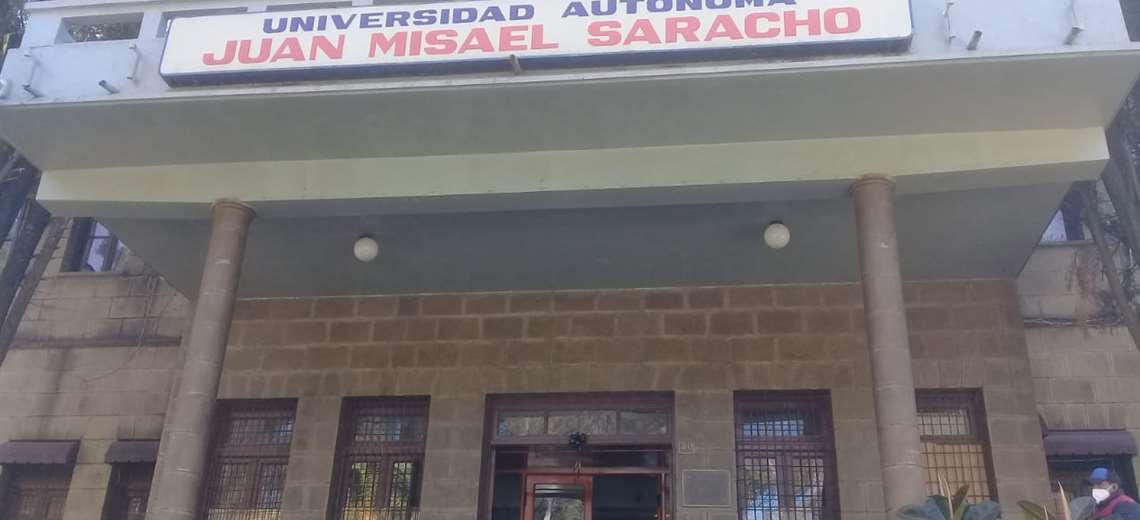The unemployment rate in Brazil was 11.1% in the 1st quarter of 2022, which means stability compared to the 4th quarter of 2021, when it recorded the same percentage. It also represents a drop of 3.8 percentage points compared to the same quarter of 2021, when it reached 14.9%. The data are included in the quarterly result of the Continuous National Household Sample Survey (Pnad), released today (13) by the Brazilian Institute of Geography and Statistics (IBGE).
In relation to the previous quarter, the unemployment rate remained stable in 26 Federation Units. According to the IBGE, the only decline was in Amapá (3.3 percentage points). For the coordinator of Work and Income at IBGE, Adriana Beringuy, the drop, however, is not due to the increase in the number of employed people, but to the lower pressure of people without work seeking employment in the state.
“There was a 7.3% drop in the number of people in the workforce and a 10.4% increase in the contingent outside the force,” he explained.
The states of Bahia (17.6%), Pernambuco (17%) and Rio de Janeiro (14.9%) had the highest unemployment rates. The lowest were in Santa Catarina (4.5%), Mato Grosso (5.3%) and Mato Grosso do Sul (6.5%).
In the 1st quarter, the unemployment rate by sex was 9.1% for men and 13.7% for women. In terms of color or race, unemployment among whites reached 8.9%, below the national average, but for blacks (13.3%) and browns (12.9%) it was above.
By age groups, the rate was also stable in the period, compared to the previous quarter. The IBGE highlighted that even among young people between 18 and 24 years of age (22.8%), who traditionally have high unemployment rates, there was no growth, following the national scenario.
“These are young people still in the training process, who do not have a very effective insertion in the job market, often occupying temporary jobs. They enter and leave the market more often. This is largely due to the fact that, at times, they have to combine studies with work. There are still other structural aspects, such as little experience and qualifications. Therefore, they are routinely pressuring the market”, said the coordinator.
education
Unemployment among people with incomplete secondary education reached 18.3%, a higher percentage than the rates for other levels of education. In the group of people with incomplete higher education, the rate was 11.9%. This is more than double the rate recorded for complete higher education, which reached 5.6%.
Performance
The usual monthly average real income was calculated at R$ 2,548. The amount represents an increase of 1.5% compared to the 4th quarter of 2021, when it reached R$ 2,510. It is also a decrease of 8.7% compared to the 1st quarter of 2021. It had already reached R$ 2,789. Also in relation to the 4th quarter of 2021, only the North (R$ 1,985) and Southeast (R$ 2,875) regions showed significant expansion. In comparison with the 1st quarter of 2021, the North Region was stable and the other regions showed a decrease in average income.
“In comparison with the fourth quarter of 2021, only the North (R$ 1,985) and Southeast (R$ 2,875) regions had a significant expansion in average income. Among the federation units, although there was a slight increase trend in most of them, the only state that really had a statistically significant increase was São Paulo (R$ 3,107)”, said Adriana Beringuy.
The composite rate of underutilization of the workforce, which is the percentage of unemployed people, underemployed due to insufficient hours worked and in the potential workforce in relation to the expanded workforce, stood at 23.2% in the 1st quarter of 2022 The highest percentage, 43.9%, was registered in Piauí, followed by Sergipe and Alagoas, both with 38.6%. Santa Catarina (8.3%), Mato Grosso (11.3%) and Paraná (14%) had the lowest rates.
despondency
Still in the 1st quarter of 2022, the number of discouraged people totaled 4.6 million people. The largest number was in Bahia, with 648,000 discouraged, or 14.1% of the national contingent. The percentage of discouraged people, in comparison with the population in the workforce or discouraged, reached 4.1% in the first three months of 2022. The highest percentages were in Maranhão (15.8%) and Alagoas (15.4%). , Santa Catarina (0.6%), Mato Grosso (1.2%) and Federal District (1.4%) were the lowest.
signed wallet
The percentage of employees with a formal contract reached 74.1% in the private sector, with the highest percentages in Santa Catarina (88.2%), São Paulo (82.4%), Rio Grande do Sul (81.1%). Maranhão (47.3%), Pará (51.3%) and Piauí (51.4%) registered the lowest.
own account
The share of the country’s employed population working on their own was 26.5%. The highest percentages were from Amapá (35.9%), Amazonas (35.7%) and Pará (34.6%) and the lowest, from the Federal District (19.4%), Mato Grosso do Sul (22.3 %) and São Paulo (23.6%).
Informality
The informality rate for Brazil was 40.1% of the employed population. The highest rates were with Pará (62.9%), Maranhão (59.7%) and Amazonas (58.1%) and the lowest, with Santa Catarina (27.7%), Federal District (30.3%) and São Paulo (30.5%).









